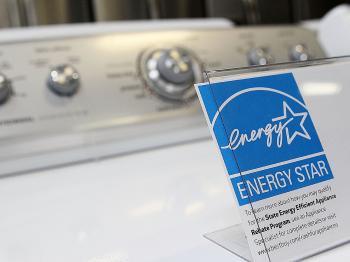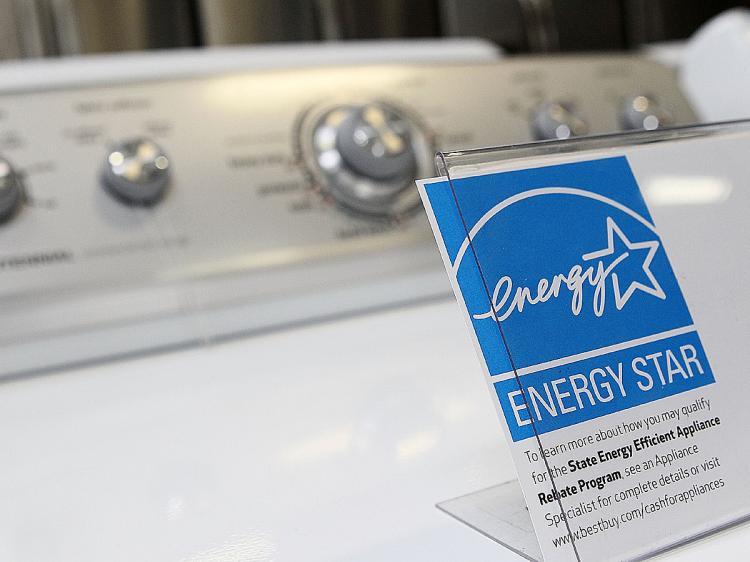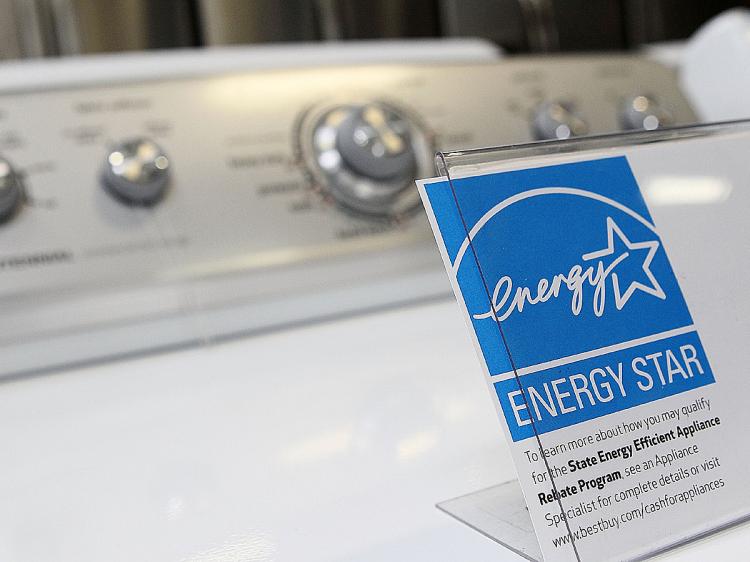The Energy Star certification program is vulnerable to fraud and abuse, according to a recent report by the Government Accountability Office. Several bogus products submitted to the program—including a gasoline-powered alarm clock—were deemed energy efficient based solely on phony data.
Energy Star—a brand found on numerous electronic devices—is a government-backed program that aims to help consumers save money and protect the environment through energy efficiency. Created in response to the Clean Air Act amendments of 1990 and the Energy Policy Act of 1992, the program is a joint effort between the U.S. Environmental Protection Agency and the Department of Energy.
Energy Star products receive promotion through tax credits and appliance rebates, and federal agencies are even required to purchase products with the logo due to the energy savings it promises to provide. There are 60 categories of household and commercial products monitored through the Energy Star program.
However, when the Government Accountability Office (GAO) submitted fake products to the program in 2009 they found that Energy Star failed to verify the energy-savings data that they submitted. Of the 20 bogus devices GAO offered for verification, Energy Star only required independent third-party testing for four. In two of these cases verification was performed by a specific firm chosen by Energy Star. In total, GAO received certification for 15 of its fictitious products.
“Our investigation found that companies can easily submit fictitious energy-efficiency claims in order to obtain Energy Star qualification for a broad range of consumer products,” the GAO report stated.
“Based on our investigative results, we found that the current process for becoming an Energy Star partner and certifying specific products as Energy Star compliant provides little assurance that products with the Energy Star label are some of the most efficient on the market. Control weaknesses associated with the general lack of upfront validation of manufacturer self-reported data allowed all of our bogus firms to become Energy Star partners, and allowed most of our products to be certified as Energy Star compliant,” says the report.
During a GAO briefing of the report, government officials agreed that the Energy Star program is currently based on manufacturers’ self-certifications. However, Energy Star added that manufacturers are encouraged to test competitors’ products and report violations which in turn help support the program’s independent testing.
“We welcome all efforts, internal or external, to improve the program, and this report raises important issues. That’s why we have started an enhanced testing program and have already taken enforcement actions against companies that have violated the rules.” Energy Star stated in a press release responding to the GAO report.
The Energy Star logo has become an attractive feature for consumers because it has come to signify reduced greenhouse gas emissions and energy costs. In 2008, Energy Star reported that the program saved consumers $19 billion in utility costs.
Energy Star—a brand found on numerous electronic devices—is a government-backed program that aims to help consumers save money and protect the environment through energy efficiency. Created in response to the Clean Air Act amendments of 1990 and the Energy Policy Act of 1992, the program is a joint effort between the U.S. Environmental Protection Agency and the Department of Energy.
Energy Star products receive promotion through tax credits and appliance rebates, and federal agencies are even required to purchase products with the logo due to the energy savings it promises to provide. There are 60 categories of household and commercial products monitored through the Energy Star program.
However, when the Government Accountability Office (GAO) submitted fake products to the program in 2009 they found that Energy Star failed to verify the energy-savings data that they submitted. Of the 20 bogus devices GAO offered for verification, Energy Star only required independent third-party testing for four. In two of these cases verification was performed by a specific firm chosen by Energy Star. In total, GAO received certification for 15 of its fictitious products.
“Our investigation found that companies can easily submit fictitious energy-efficiency claims in order to obtain Energy Star qualification for a broad range of consumer products,” the GAO report stated.
“Based on our investigative results, we found that the current process for becoming an Energy Star partner and certifying specific products as Energy Star compliant provides little assurance that products with the Energy Star label are some of the most efficient on the market. Control weaknesses associated with the general lack of upfront validation of manufacturer self-reported data allowed all of our bogus firms to become Energy Star partners, and allowed most of our products to be certified as Energy Star compliant,” says the report.
During a GAO briefing of the report, government officials agreed that the Energy Star program is currently based on manufacturers’ self-certifications. However, Energy Star added that manufacturers are encouraged to test competitors’ products and report violations which in turn help support the program’s independent testing.
“We welcome all efforts, internal or external, to improve the program, and this report raises important issues. That’s why we have started an enhanced testing program and have already taken enforcement actions against companies that have violated the rules.” Energy Star stated in a press release responding to the GAO report.
The Energy Star logo has become an attractive feature for consumers because it has come to signify reduced greenhouse gas emissions and energy costs. In 2008, Energy Star reported that the program saved consumers $19 billion in utility costs.








Friends Read Free